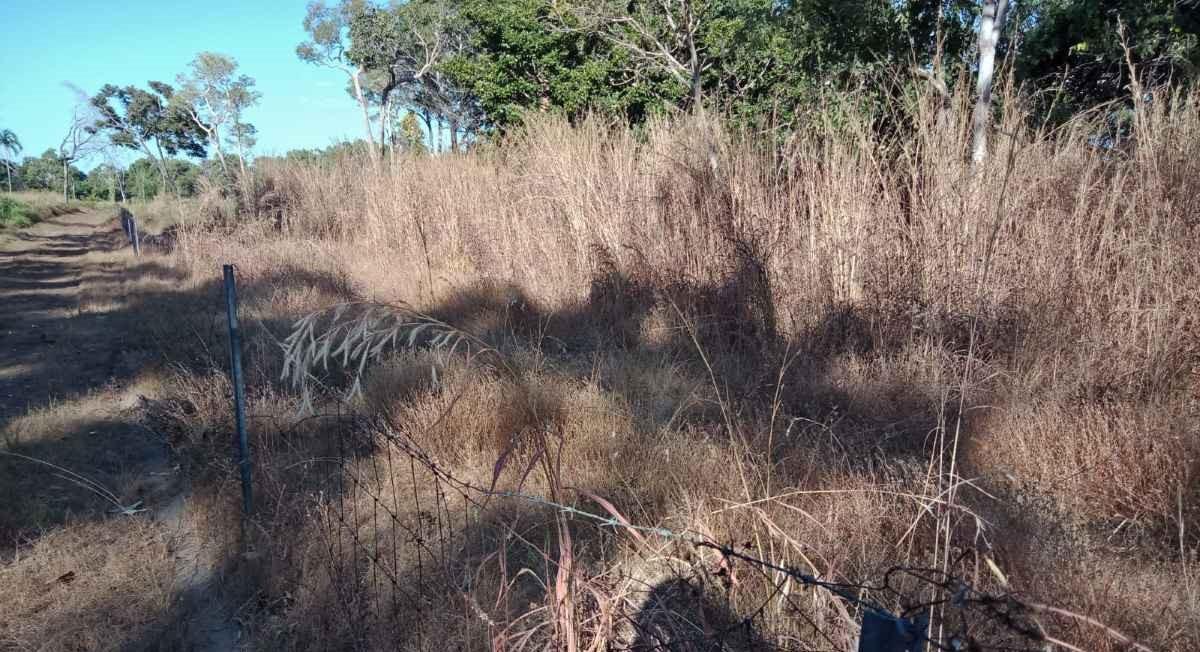This preliminary report focuses on Gamba Grass outbreaks at Lee Point peninsula on land managed by DHA in June 2024, in particular future conservation areas.
Fig 1. East end of Gouldian Finch Buffer – Gamba Grass within 10m of fence, June 2024
1.0 Background
Changing land use, fire and erosion are having a significant impact on the habitats and wildlife on Lee Point peninsula.
In relation to fire, Gamba Grass first appeared on Lee Point peninsula around 2020. It is highly invasive and kills off native vegetation and wildlife through intense heat.
One impact is the loss of old-growth trees. The old-growth tree below was killed by a Gamba Grass fire in late August 2023. It was surrounded by Gamba Grass similar to that shown in Fig 1 and located not far from where the photo was taken. The tree was estimated to be over 400 years old. The likely cause of fire was arson.
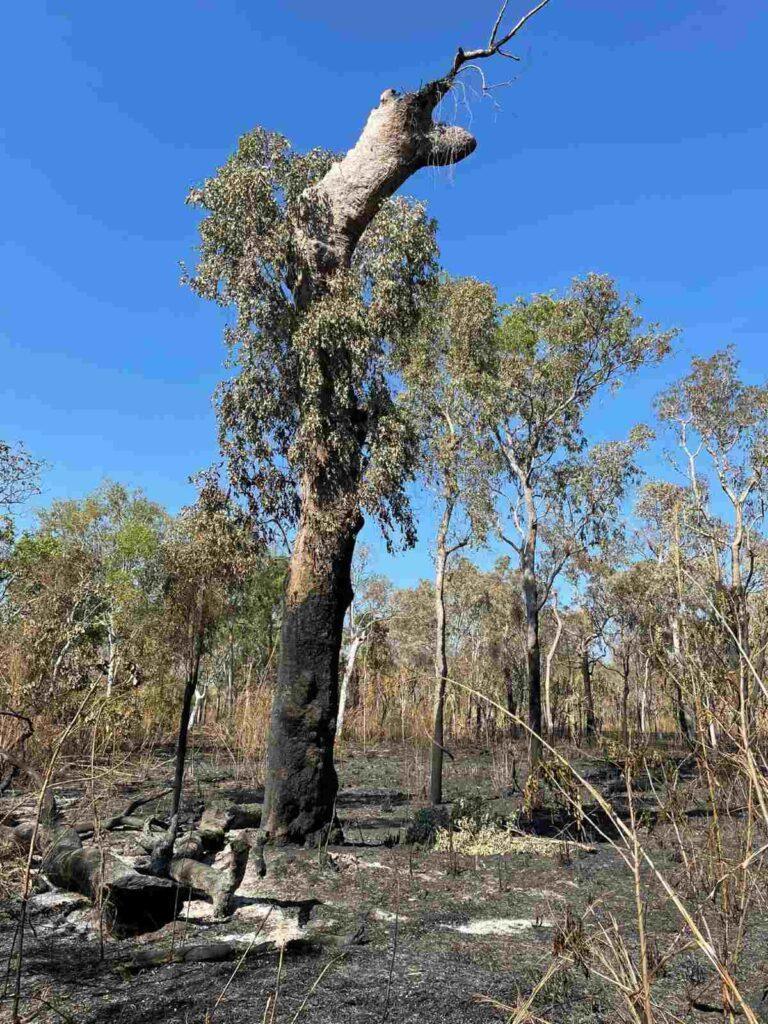
Fig 2. Old-growth tree after late August 2023 fire – 84cm diameter Stringybark
DHA manage two planned conservation areas on the Lee Point peninsula;
- DHA Muirhead North – 50m Gouldian Finch buffer (0.4ha)
- DHA 2CRU offset (21ha)
The 50m Gouldian Finch buffer was announced by Federal minister Tanya Plibersek in June 2023 to reduce the impact from the DHA housing project, see yellow area in map below.
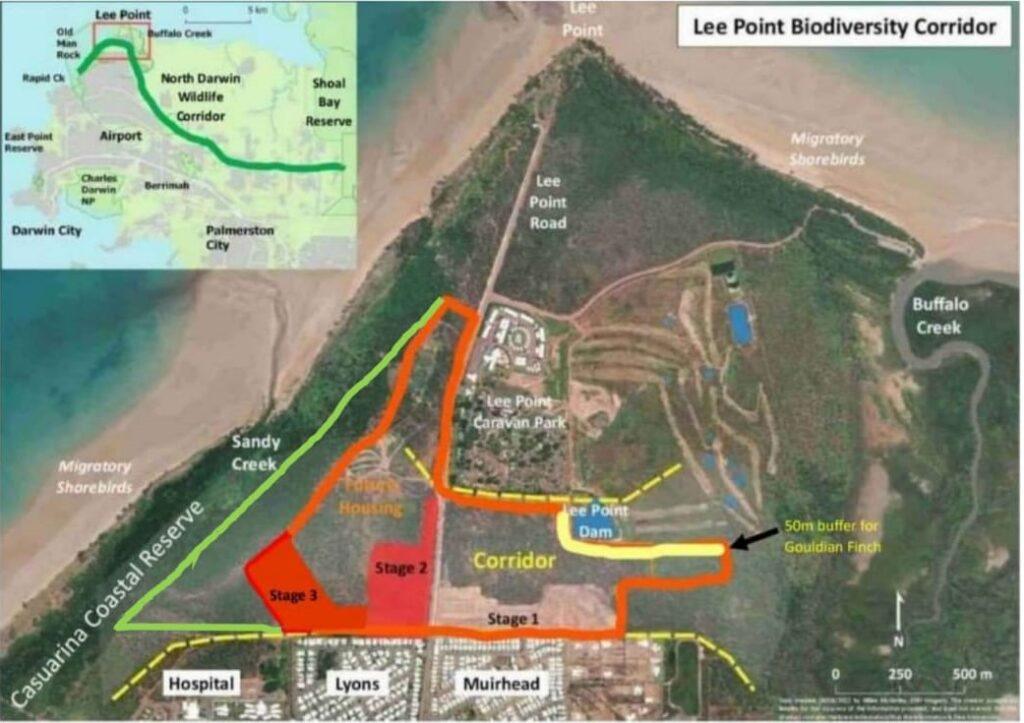
Fig 3. Lee Point peninsula showing land managed by DHA (outlined in green and red). DHA conservation areas (21 ha) are west of Stage 3 and a 50m buffer (0.4ha) in yellow.
2.0 Conservation Area – DHA Muirhead North: 50m Gouldian Finch buffer (0.4ha)
Half of Muirhead North is believed to have Gamba Grass outbreaks that could threaten up to 15% of Lee Point’s remaining old-growth trees. The majority of the (35) old-growth trees in the 50m Gouldian Finch Buffer are at risk, particularly if a Gamba Grass fire were to occur late in the dry season as it did last year.
The photos below were taken along the buffer fencing.
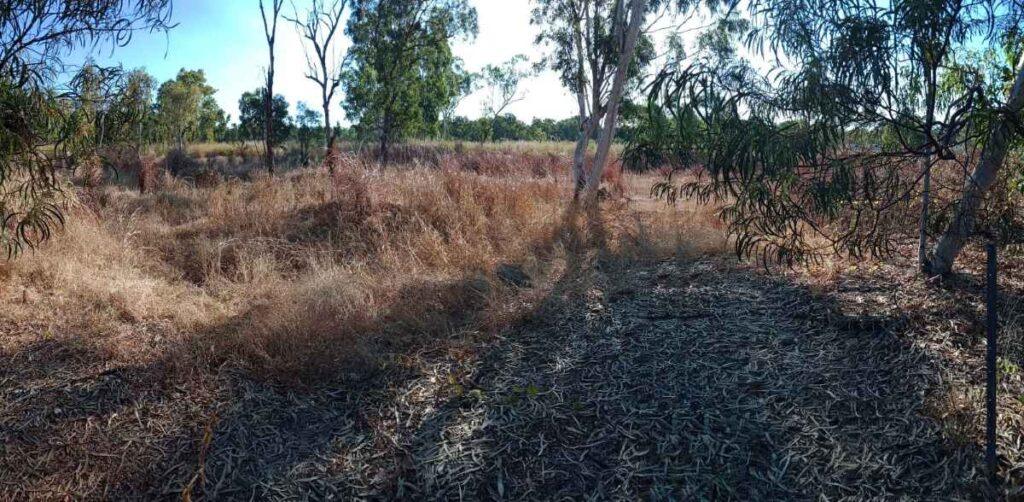
Fig 4. West of dam – Gamba Grass approx. 100m from fence, 10 June 2024
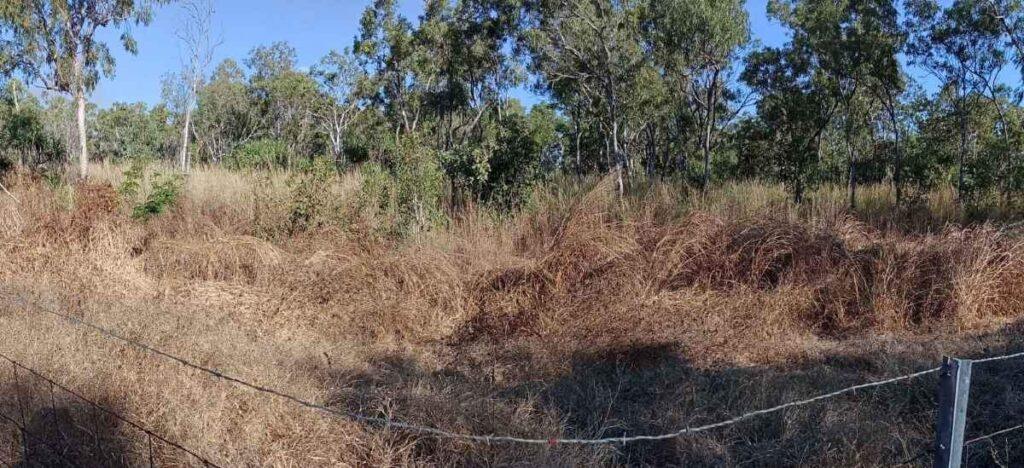
Fig 5. South of dam – Gamba Grass within 50 metres of fence, 10 June 2024
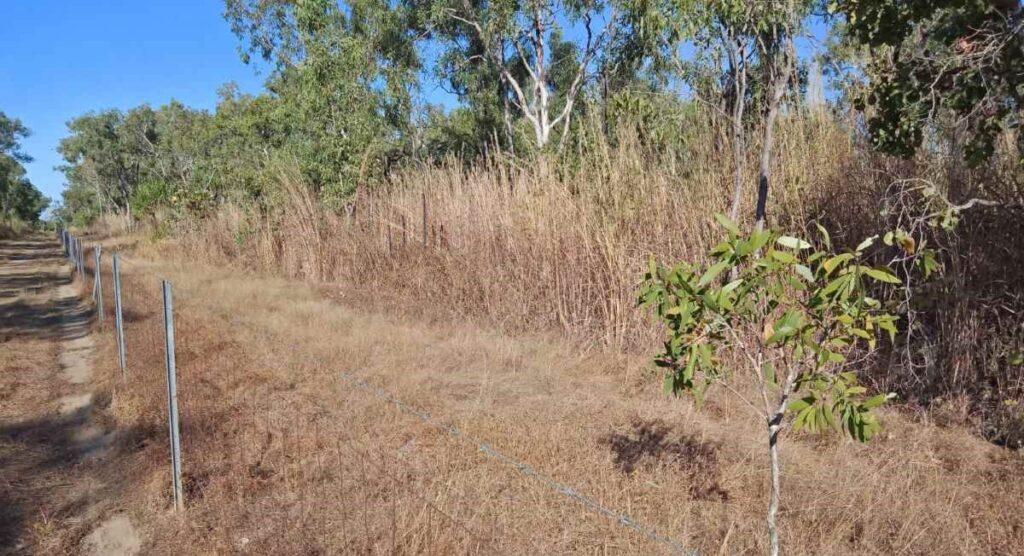
Fig 6. East of dam – start of firebreak – Gamba Grass within 10m of fence, 10 June 2024
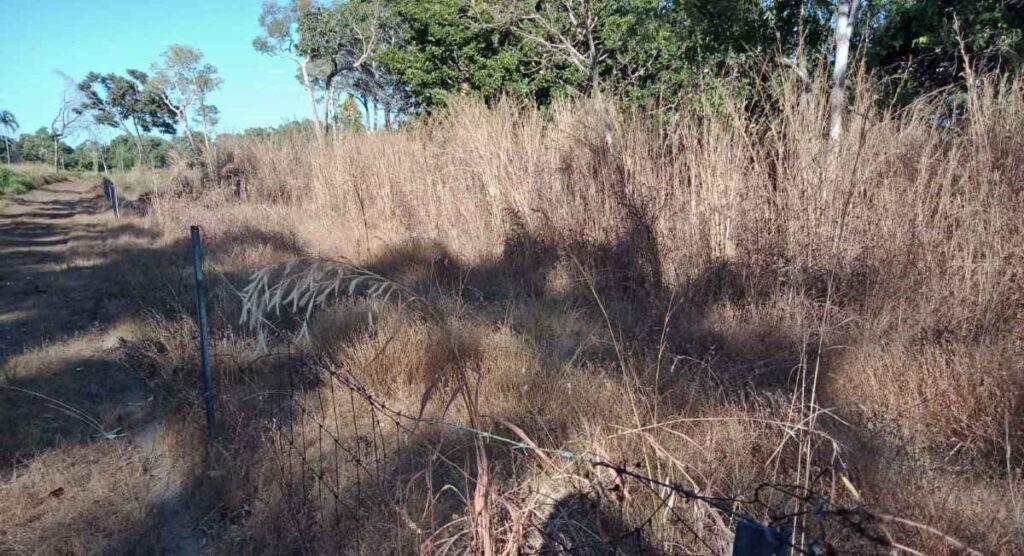
Fig 7. East of dam – Gamba Grass within 10m of fence at east end of Gouldian Finch buffer, 10 June 2024
3.0 Conservation Area – DHA 2CRU offset (21ha)
Only part of 2CRU (DHA Conservation Area) was viewed for Gamba Grass.
Scattered Gamba Grass outbreaks were seen June 2024 along bike tracks throughout 2CRU offset area.
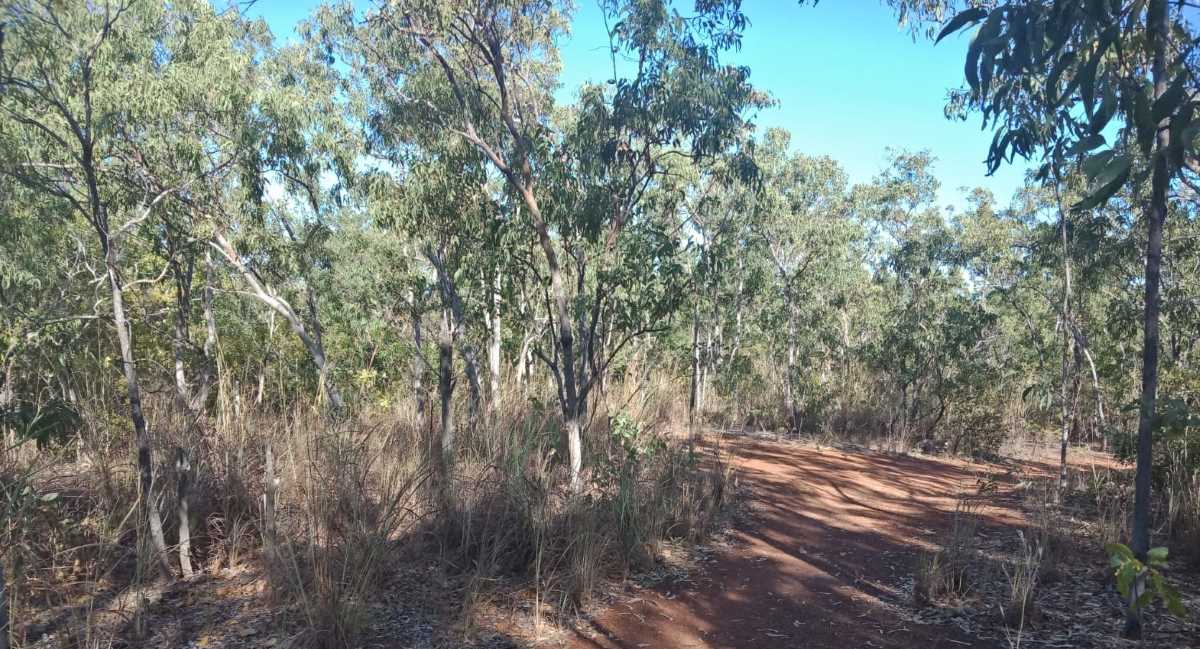
Fig 8. Gamba Grass outbreak in 2CRU – DHA conservation area on bike track, June 2024.
4.0 2CRU housing area west of Lee Point Road
Only part of the 2CRU – DHA housing area could be viewed for Gamba Grass in June 2024. Some areas posed a significant fire threat to habitat.
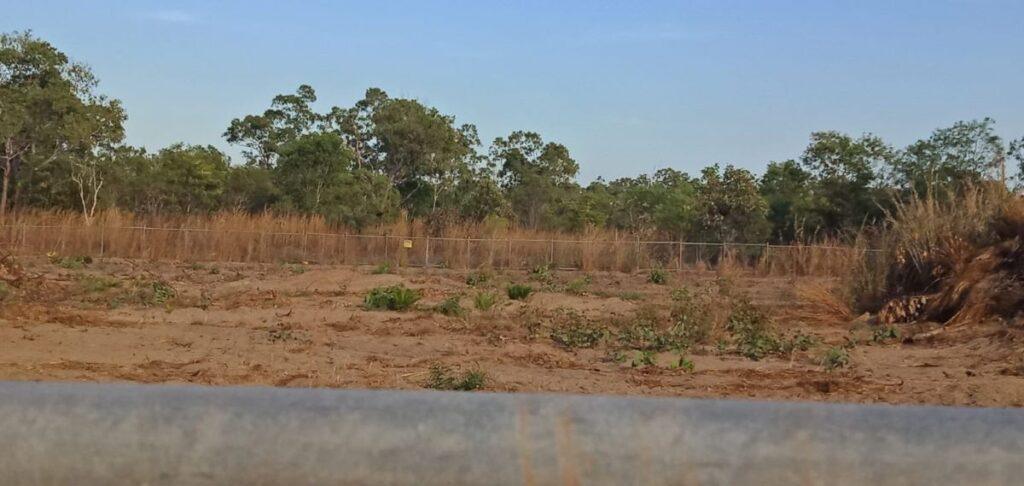
Fig 9. Gamba Grass outbreak in 2CRU – DHA housing area approx. 100m west of Lee Point Road, June 2024.
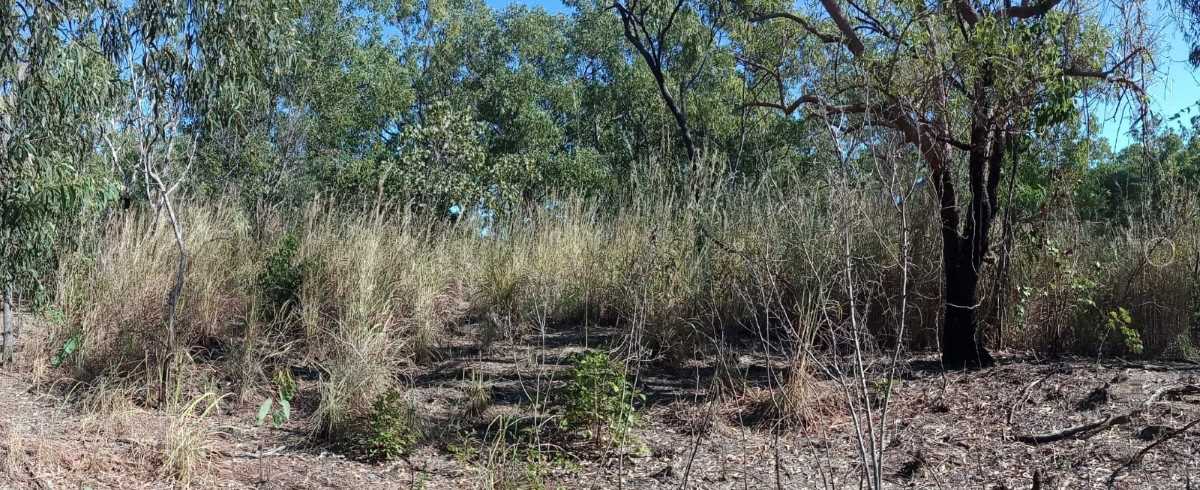
Fig 10. Gamba Grass outbreak in 2CRU – DHA housing area, June 2024.
5.0 Discussion
The threat Gamba Grass poses to biodiversity is well recognised. In September 2022, Minister for Environment and Water Hon. Tanya Plibersek announced $9.8m over 4 years to tackle the Gamba Grass problem in the Top End.
At present, the number of old-growth trees at risk from a Gamba Grass fire on DHA land is significant in terms of those remaining on the Lee Point peninsula.
Gamba Grass is unlikely to be eradicated from the Lee Point peninsula without a coordinated weed management plan for the peninsula. Having a comprehensive Area Plan (to determine land use) for Lee Point supported by the community will help in producing such a plan.
The community does not support the DHA Lee Point housing project and Lee Point Area Plan (zoning plan). Friends of Lee Point believe that a comprehensive Area Plan (to determine land use) needs to be completed for the Lee Point peninsula by an independent body before any significant development should be allowed.
Until a suitable Area Plan can be produced, an interim weed management plan to control Gamba Grass (and other invasive weeds) should be implemented now to deal with the worst affected areas controlled by DHA. Dealing with the problem early will help save on costs for controlling Gamba Grass. The requirements are clearly set out in the NT Government’s landowner responsibilities.
The land vested in DHA at Lee Point is a community asset and adjoins conservation reserves. As such, the weed management plan produced by DHA should be freely available to other stakeholders ie. published on DHA’s website. Coordinating efforts with other stakeholders will help reduce future Gamba Grass control costs and improve its effectiveness.
Casuarina Coastal Reserve (CCR) Land Care Group started mapping outbreaks of Gamba Grass in CCR in 2021 and provides an on-line map – refer to CCR Landcare Group Resources.
6.0 Summary
Not all areas on DHA land could be inspected for Gamba Grass in June 2024. However, major Gamba Grass outbreaks were seen in the planned DHA conservation and housing areas.
At present, the number of old-growth trees at risk from a Gamba Grass fire on DHA land is significant in terms of those remaining on the Lee Point peninsula.
It is highly likely that unless action is taken to control the growth and spread of Gamba Grass on DHA land the problem will worsen.
It is recommended that a weed management plan in accordance with the NT Government’s landowner responsibilities be published on-line and implemented now by DHA to;
-
- control the worst outbreaks of Gamba Grass on DHA land, and
-
- help coordinate the control of Gamba Grass on the Lee Point peninsula with other stakeholders.
